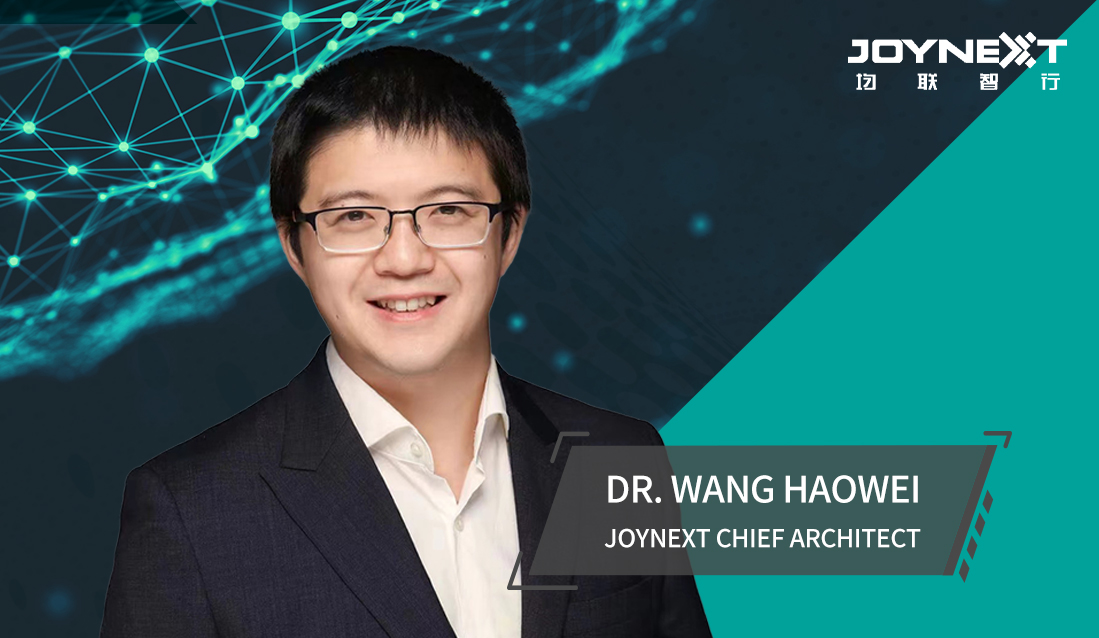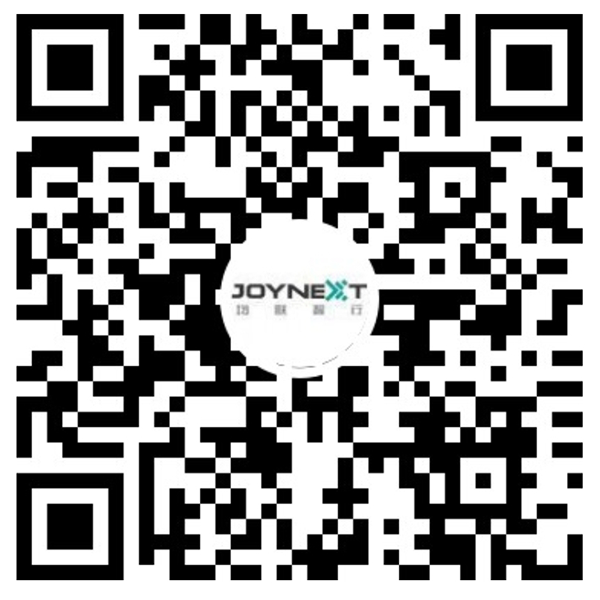NINGBO, August 16, 2022 —— The 3rd Software Defined Vehicles Forum & AUTOSAR China Day 2022, co-hosted by Gasgoo and AUTOSAR and directed by AUTOSEMO, was held in Wuhan recently. JOYNEXT Chief Architect Dr. Wang Haowei was invited to address at the conference and shared his insights on Co-pilot AI based on SOA architecture. Almost 1,000 professional visitors participated in this forum in person, and more than 100,000 audiences watched the live streaming of the event on the first day.

Safety-first design that keeps balance between rationality and intelligence
The original intention of autonomous driving research is to address the ultimate dangerous driving challenges, therefore safety is the first essential factor of autonomous driving. Besides safety, the driving system also needs to focus on intelligence to demonstrate its true values in real life scenarios. Users need an automated driving assistant that can really help them while driving.
For the current autonomous driving technologies, safety and intelligence are two contradicted elements to some extent. Higher intelligence usually means more challenges in safety. Since the system cost framework has a decisive influence on its complicity, the safety boundaries need to be clarified when designing systems, that is, the functions and safety limits under different scenarios.
Co-pilot AI based on SOA architecture lays the foundation for cockpit and driving domain fusion
For a long time in the future, highly intelligent autonomous driving system (L2++) will take a dominated role in the passenger vehicles, and the driver and intelligent system will share vehicle control for completing human-machine co-pilot operations. In a Co-pilot system, the interaction between the driver and automated driving system is particularly important, which will not only impact user experiences but also safety of the automated driving system. The increasing demands on intelligence and safety from users call for a deep fusion of autonomous driving and cockpit domains, enabling the automated driving assistant to act as the AI companion of drivers, the so-called Co-pilot AI.
The development of Co-pilot AI on top of existing domain control platforms will bring many challenges in communication, system interaction and unified design aspects, therefore, JOYNEXT CCU is designed as a user experience driven solution targeted for flexible deployment, and future-proof integration of intelligent cockpit system and autonomous driving. In the view of Dr. Wang Haowei, the Co-pilot AI developed based on SOA architecture could effectively integrate the existing intelligent cockpit, autonomous driving and driver monitoring capabilities, and take advantage of the leading architectural design of microservice framework.
Vertical zonal architecture for distinct function distribution
The development of E/E architecture drives the transformation of the automobile industry and the rapid iteration of products. From the distributed and central gateways, to the current domain controller focused and centralized power supply solutions, and to the forthcoming central computing architecture (zonal architecture), the tendency is that the software is gradually independent and completely stripped from the hardware, and the physical information system would be separated by the domain controller.
Dr. Wang Haowei emphasizes that, central computing platform doesn’t equal to “absorbing” all the functions of traditional ECU, the region-center architecture provides a vertically separated functional hierarchy, but not an “one-stop” solution. Every layer of the region-center architecture has its definite role: the central computing unit is the “brain” of the whole vehicle and takes charge of handling high-level information and making all decisions.
Now software is playing an increasingly vital role in vehicles. Therefore, SOA architecture and cloud native technologies are needed to support the development of cockpit domain, automated driving domain and other functions. JOYNEXT will keep a foothold on scenarios and interactions, and fully excavate the values of SOA architecture, with an aim to represent users’ thinking psychologies and core values in autonomous driving vehicle implementations, thus improving the travel experiences and personal security of users.

 JOYNEXT Technology Co., Ltd.
JOYNEXT Technology Co., Ltd.





 ZG Anbei No. 3302090200350 zicp Bei No. 2020035182-1
ZG Anbei No. 3302090200350 zicp Bei No. 2020035182-1